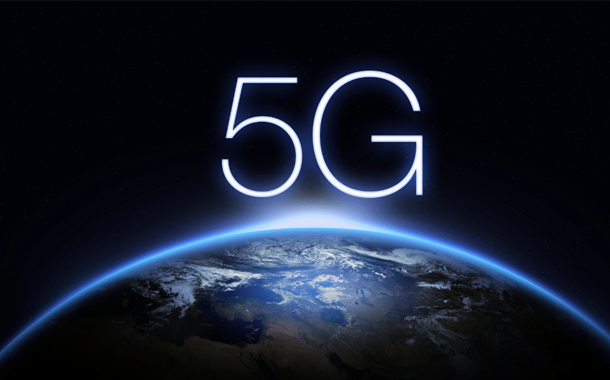The 5G service has been gaining strong ground in the Asia-Pacific (APAC) region, with its subscriptions expected to increase at an impressive compound annual growth rate (CAGR) of 25.5% over the forecast period of 2021-2026. The growth is primarily driven by national 5G strategies/policies/action plans adopted by several countries, outlining their vision and guidelines to establish 5G ecosystems, says GlobalData, a leading data and analytics company.
An analysis of GlobalData’s Asia Pacific Mobile Broadband Forecast Model (Q4-2021) indicates that though 4G/LTE will remain the leading mobile technology in the region, by subscriber volume, through 2026, rapid adoption of 5G services will reduce its share of total mobile subscriptions from 59.8% in 2021 to 47.4% by 2026.
On the other hand, 5G’s share of the total mobile subscriptions in the region will grow from 17.6% in 2021 to 45.8% by 2026 with all the developed APAC countries boasting commercial 5G services and 5G network expansions. Most of the emerging APAC countries that have not yet launched 5G services are having the plans to launch soon.
The APAC region hosts some of the world’s most advanced 5G markets such as China, Taiwan, Japan, and South Korea. GlobalData estimates China’s share of the total 5G subscriptions in the APAC at 89.3% at the end of 2021, with over 50% of the country’s population subscribing to the 5G service.

Deepa Dhingra, Senior Telecom Analyst at GlobalData, says: “Coordinated efforts from the governments and operators have remained a key driving factor for 5G development in the APAC. For instance, Singapore’s telecom regulator IMDA allocated a fund of SGD30m (US$22m) to help create a dynamic 5G ecosystem across the country in January 2021.”
On the other hand, the three major MNOs in South Korea – SK Telecom, KT, and LG U+ – agreed in July 2020 to invest a combined KRW25.7 trillion (US$23bn) in the development of 5G infrastructure until 2022, while the government agreed to provide support to operators with tax credits.
Dhingra concludes: “While the pandemic had initially impeded the rollout of 5G networks, the need for high-speed reliable networks to sustain the backbone of the digital economy, and drive innovation across industries through use of new digital tools such as IoT, automation, and data analytics, has provided the motivation and incentive for 5G investments. Smart city initiatives across several countries in the APAC, particularly China with IoT applications in areas like e-government, e-healthcare, smart traffic management and smart power grids will drive strong case for 5G in the region.”



